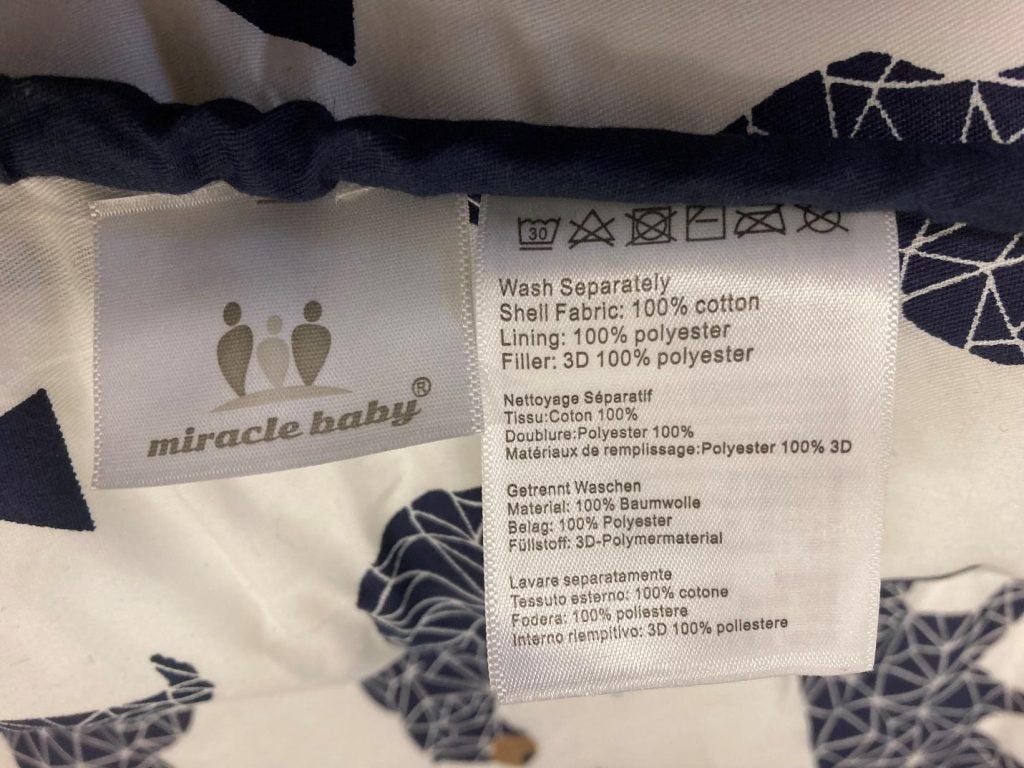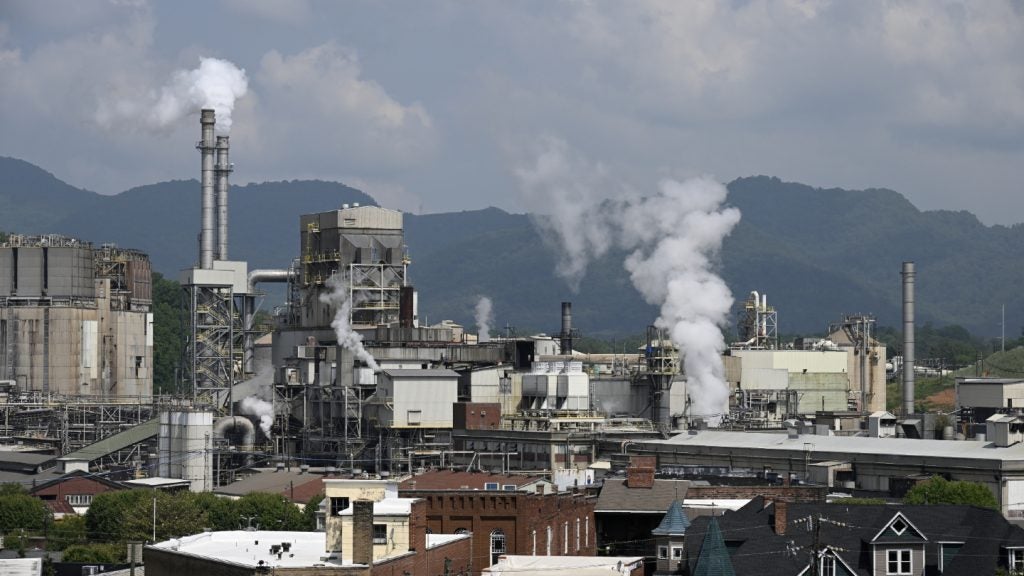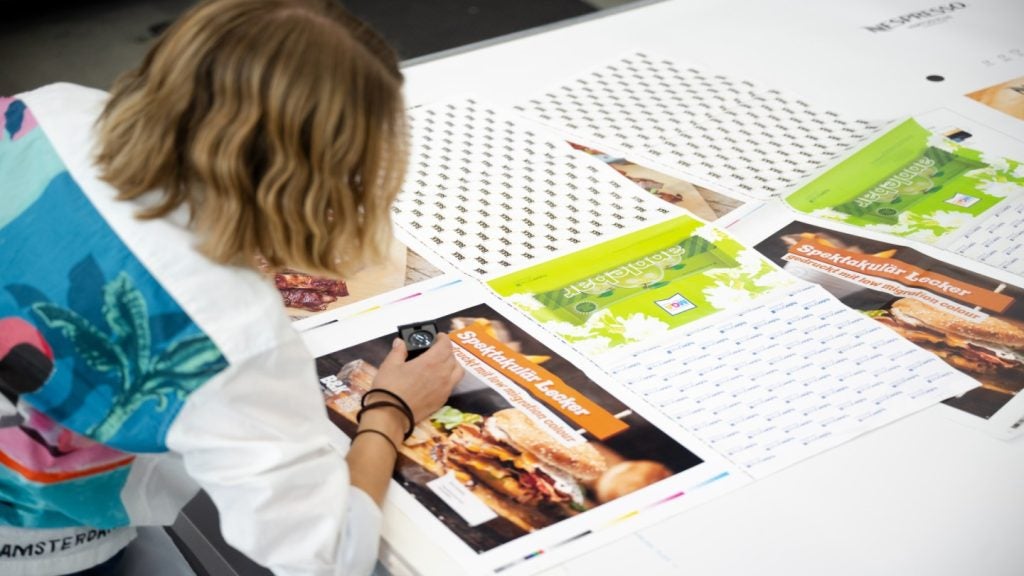
Consumers may like it and for big supermarkets and food manufacturers it can be a relatively easy way of burnishing your green credentials, but the use of recycled materials for food packaging is causing an increasing headache for food and packaging firms.
The problem in this case is not environmental but health related. Worries centre on the possible health effects of mineral oils within printing ink being able to migrate into the food and phthalates migrating from adhesives.
When it comes to mineral oils, the good news for the consumer is that, as yet, there is no clear link between a build-up of mineral oils in the human body and a detrimental effect to health. This may be one reason why this issue has so far failed to dislodge green concerns in the mind of the average supermarket consumer.
But, as Koni Grob, analyst at the Official Food Control Authority of the Canton of Zurich, Switzerland, argues, just because no direct causal link has been demonstrated does not mean that authorities, or the industry, can afford to be complacent.
"Chemical risks will often be long-term risks. They can be chronic and very different from microbiological risk, which tends to present more quickly. It may be 10 years, it may be half a lifetime before real damage can be detected. But it could be something that affects millions of people," he points out. "Many people suffer from chronic health problems and do not know why. We want to make sure that it is not because of chemicals migrating from food packaging materials.
See Also:
"The risk is not easily observed. Mineral oil forms small droplets our body encapsulates and tries to get rid of. These ‘granuloma’ are visible by microscope in the liver and other organs.
How well do you really know your competitors?
Access the most comprehensive Company Profiles on the market, powered by GlobalData. Save hours of research. Gain competitive edge.

Thank you!
Your download email will arrive shortly
Not ready to buy yet? Download a free sample
We are confident about the unique quality of our Company Profiles. However, we want you to make the most beneficial decision for your business, so we offer a free sample that you can download by submitting the below form
By GlobalData"Certain animals react to such foreign bodies by inflammation. In humans, however, it is uncertain,
as tests are not feasible. But, importantly, while it has not been shown we react by chronic inflammations, the contrary has not been shown either. What is known for sure is that our body contains about 1g of mineral oil on average – for some it will be 10g. We probably keep it in our body for a lifetime."
When it comes to phthalates and other plasticisers – the potential adverse health effects of which are much more clear-cut – research by Grob has found that oily foods in jars that have a PVC lining on their lids are susceptible to leaching plasticiser compounds.
One worrying issue is that lids with unacceptably high leaching, including phthalates, into the food were common in Europe until his laboratory in Zurich took measures in 2004.
For several years this industry was unable to deliver lids fulfilling the legal requirements and legal limits had to be increased many times to prevent whole product ranges disappearing from the market. Later on, imported food jars from Asia generally still used phthalates as a PVC plasticiser and work by Grob has suggested substantial quantities of phthalates can end up in these foods.
Containing the problem
So, what are the solutions for packaging firms? These essentially come down to the use of fresh fibreboard instead of recycled board or the addition of some form of barrier between the product and the packaging – neither is an easy or entirely adequate solution, either commercially, environmentally or scientifically.
"One of the solutions, tried by many companies, has been to switch over to fresh fibreboard and to use inks that are free from mineral oils. The alternative is to use plastic bags inside the packaging of a material which does not enable the mineral oil to pass," explains Grob.
"In the long term, switching to fresh fibreboard is not a solution because of issues around sustainability, the capacity to produce fresh fibreboard and affordability.
"It is possible to stick with recycled paperboard, but then you need to introduce a barrier applied to the internal side of the paperboard, or an internal bag," he adds.
Irrespective of the science, what is needed is simply leadership, both from regulators and, even more importantly, from the industry itself, he contends.
"I would also like to see some Europe-wide solutions coming forward. However, the European Commission has not dealt with this issue because it does not have the resources," explains Grob.
"Another factor, sadly, is that over the years the industry has only ever reacted when it has been put under pressure to do so.
"The issue of migration of mineral oil has been known by the industry since the early 1990s, and yet very little has been done about it. So, while it would be nice to think that the industry can control and regulate itself, it is just not a reality.
"Mineral oil is not, we should be clear, something that is of acute toxicity. One year more or less is not really going to change things very much. But its accumulation in our body is a reality and an issue that calls for measures.
"My major concern is that many suppliers in the packaging sector do not adequately care about safety. Many are waiting until the authorities take hard measures and then try to get years of time to solve the problem. What I would like to see is the industry taking more responsibility for itself sorting out this problem."
The migration problem
- Toxicological experiments have shown that highly refined ‘food grade’ mineral oils can cause chronic inflammations in various organs of Fischer 344 rats. There is no proof that humans are not affected. Furthermore, the migrating oil is a technical grade oil and is not highly refined.
- Research has shown that mineral oils are quantitatively by far the predominant contaminant in the human body, which is unable to get rid of them.
- The Food and Agriculture Organisation of the United Nations and the WHO set a temporary acceptable daily intake of mineral oils at 0.01mg/kg body weight. Assuming an average human weight of 60kg and 1kg of food contaminated with the given substance being consumed daily, this results in a specific migration limit of 0.6mg/kg food, although there is no set legal limit.
- Dry foods packed in paperboard boxes for an extended period, such as rice or muesli, are usually contaminated with mineral oil at concentrations roughly ten times – less frequently more than 100 times – above this 0.6mg/kg limit.
- There are two primary sources for mineral oil in paperboard boxes. Offset printing inks seem to contain 25-50% mineral oil as solvent applied to print the food boxes. The second is recycled paperboard, which contains various types of mineral oils and waxes at a total concentration approaching 0.1%, much of it printing ink introduced by newspaper and printed matter used for recycling.
- Mineral oil is not the only undesirable substance migrating from recycled board. Recycled material is dirty and often left in the rain, possibly fermenting, for weeks.
Possible solutions
- An inner bag as a barrier or coating internal surfaces of paperboard. Further research is required to determine suitable barriers to prevent or reduce the migration. Adapting existing machinery for making paperboard is also costly.
- Paper and polyethylene marginally delay the migration of mineral oil. Polypropylene is more effective, but at ambient temperature the barrier starts leaking after a few weeks. Aluminium foils, PET and polyamide can act as effective barriers; the main difficulty is the application to the board to achieve a tight layer.
- Incorporate more virgin or fresh fibreboard in paperboard food packaging. This works if 100% virgin fibre is used, but has cost and environmental implications. Roughly 40% of recycled paperboard is used for food packaging and, in Europe, millions of trees would be needed every year to replace it with fresh fibreboard.
- Improve the sourcing of recycled fibre so that newspapers do not find their way into food packaging. However, there are no sources clean enough to reach the target, and separate issues involving collection and sorting.

This article was first published in our sister publication Packaging & Converting Intelligence.






